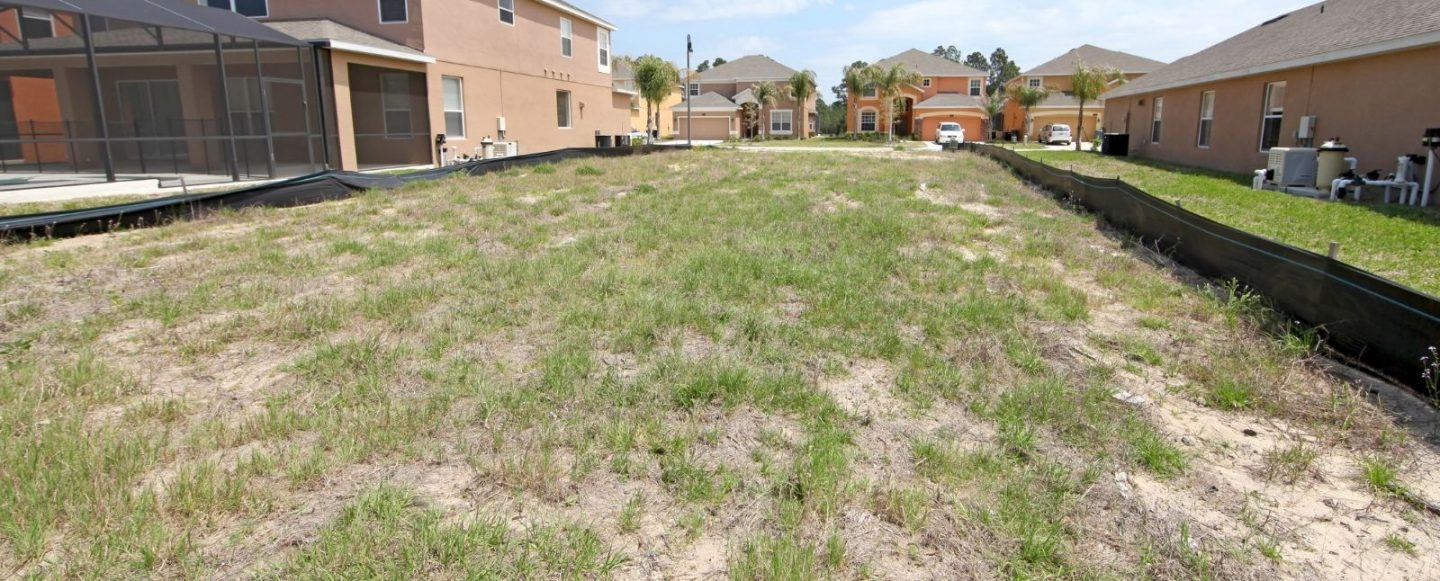Differential Rates on Vacant Land — Proposed Legislative Change
15 August 2018
Our clients should be aware (to the extent that you are not already) that The Honourable John Darley has introduced the Local Government (Differential Rates on Vacant Land) Amendment Bill 2018 into the Parliament. In the introduction and first reading speech, he states that, contrary to the view that higher differential rates for vacant residential land operate as an incentive to build, the Amendment Bill is intended to address the belief or concern that, higher differential rates for vacant land is a disincentive or penalty for people, especially young people, who wish to purchase land.
Therefore, the Amendment Bill proposes to amend section 156 of the Local Government Act 1999 as follows –
(6) Subject to subsection (6a), if land is vacant, the non-use of the land is capable of constituting a land use for the purpose of the declaration of differential rates.
(6a) Despite any other provision of this Act, the non-use of vacant land (being land that is to be used for residential purposes) cannot be used for the purpose of the declaration of differential rates that exceed the rate that would have been imposed were the land being used for residential purposes unless the land has been owned by the same person or body for not less than 3 years.
(16) residential purposes – land is to be used for a residential purpose if the land is to be used for a detached dwelling, group dwelling, multiple dwelling, residential flat building, row dwelling or semi-detached dwelling within the meaning of the Development Regulations 2008.
The practical effect of the proposed amendments may, therefore, reasonably be described as a form of ‘rate capping’! This is because the effect of the proposed amendments, if they become law, is that the rate in the dollar to be imposed on vacant land that is to be used for residential purposes, is the residential rate in the dollar – this will, therefore, cause such vacant land to be treated differently for rating purposes than other vacant land in a council area.
The only circumstances where a council will be able to collect rate revenue at the declared vacant land rate in the dollar for such land, is where the vacant land has been in the same ownership for 3 years or more. It is unclear from the proposed amendments whether a council will simply be expected to ‘cap’ the rate revenue derived from such land by undertaking a separate exercise to calculate the rate revenue on the basis of a deemed application of the declared residential rate in the dollar or whether the council should be identifying such lands and then calculating the rates liability by reference to the residential rate in the dollar as if the land had an actual residential land use. The answer to this query will, of course, inform the prescribed content of the rates notice.
The phrase “residential purposes” as it is proposed to be defined does not give any guidance as to how land is to be determined as falling within the definition. For example, irrespective of the informed (or otherwise) intentions of the owner of the land, will the determination be restricted to only vacant lands that are considered to be a ‘complying land use’ within the particular zone in the Development Plan that applies to that land?
If this proposed amendment is passed it will clearly change the way councils are able to impose differential rates on vacant land. It will also mean that councils will need to develop a clear policy approach to ascertaining the proposed future use of such vacant lands which will not always be as clear in a practical sense as the amendments assume will be the case. At this stage, the Bill nor the first reading speech indicates how councils will determine this.
Kelledy Jones will provide further information to our clients once it is known.
If you have any further questions regarding the above please contact Michael Kelledy on 8113 7103 or mkelledy@kelledyjones.com.au or Natasha Jones on 8113 7102 or njones@kelledyjones.com.au

